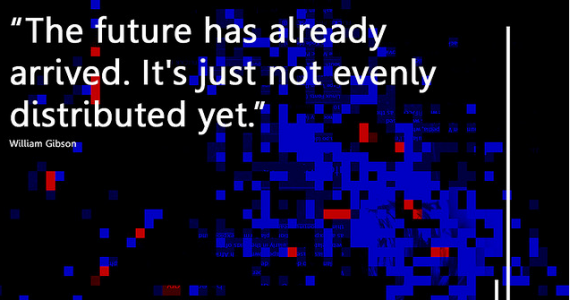Mark Twain popularized the statement: “There are three kinds of lies: lies, damn lies, and statistics.”
But anyone who is planning for what a college will need in 2020 needs to start with these statistics. Okay, they are projections, but the carefully researched and methodical look at 2020 by the National Center for Education Statistics needs to be the starting point for planning by most colleges.
We have written extensively about this in our report, The College of 2020: Students, but these latest statistics re-emphasize some of the trends we identified, and, in some cases sharpen them. They should shake most colleges out of any presumption that the potential student body is a homogenous high-school age kid looking to live on campus and cycle through in four short years. That model, for the most part, is gone forever.
Among the projections of the newly released statistics:
– The greatest growth in enrollment until 2020 will come among those aged 25-34 (21 percent), and the second largest percentage growth in enrollment will be among students aged 35 and over (16 percent). Enrollment among those aged 18-24 will increase by 9 percent.
– Enrollment of part-time students will increase by 16 percent from now until 2020, while enrollment of full-time students will increase by 11 percent.
– Enrollment of graduate students will increase 18 percent, while enrollment of undergraduates will increase by 12 percent.
– Enrollment of Hispanics will increase by 46 percent, and of blacks and Asian/Pacific Islander students by 25 percent. Enrollment of white students will increase by 1 percent.
These damn statistics should figure, at least in a small way, to every planning exercise a college is doing. In many cases, the new faces of the future student body will force colleges to change the way they do things.
You can’t go wrong if you are thinking about how to tailor your programs, your services, and your culture for an older student who has some work and college experience already, is a minority, and is scraping together money and time to take one or two courses at a time. How to reach them and appeal to them is your next job.
Incoming search terms:
- you can’t go wrong if you are thinking about how to tailor your programs your services and your culture for an older student who has some work and college experience already is a minority and is scraping together money and time to take one or two courses
- statistics higher education
- WGU Graduation 2011
- best college course 2020
- impact of mobile apps on higher education
- impact of mobile on students educational life
- Martin Van Der Werf and Grant Sabatier
- mobile education statistics
- research history of minority enrollment college
- statistics future of higher education


